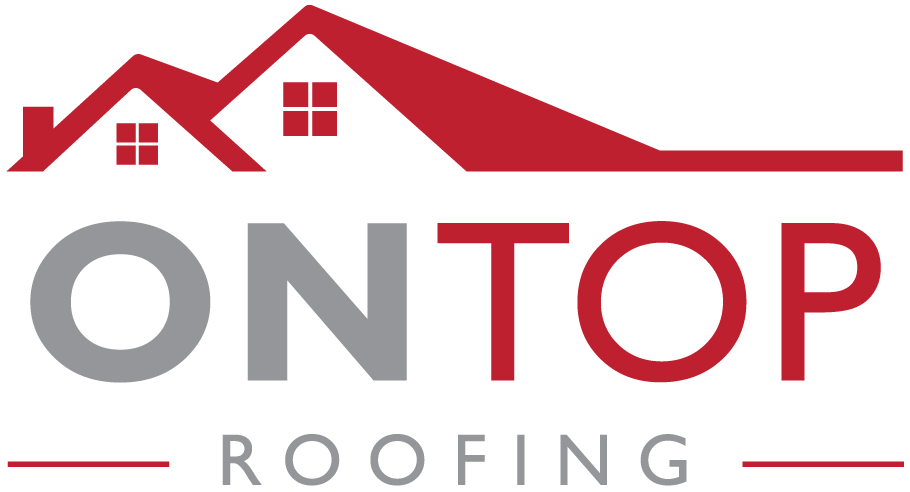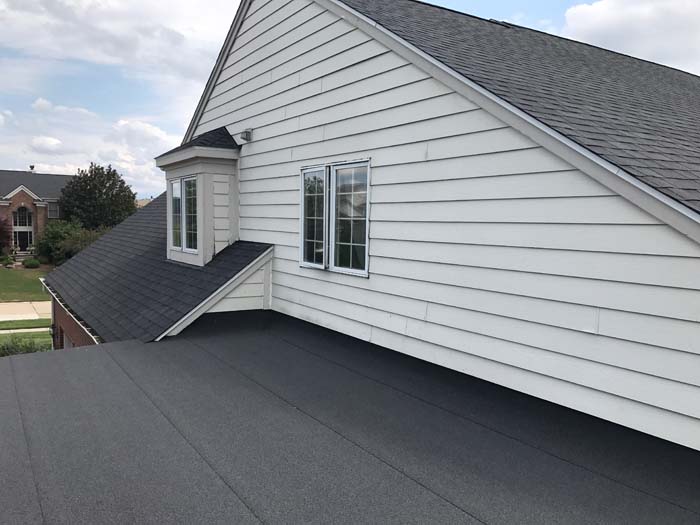A roof leak is a homeowner’s nightmare, causing water damage, mold growth, and structural issues if left unaddressed. Spotting and preventing roof leaks is essential for maintaining the integrity of your roof and protecting your home from water damage. In this article, we’ll discuss how to identify signs of a roof leak and take proactive steps to prevent leaks from occurring in the first place.
Spotting Roof Leaks:
- Check Your Attic: The attic is often the first place where signs of a roof leak become apparent. Inspect your attic for any signs of water infiltration, such as water stains, damp insulation, or mold growth. Pay close attention to areas around roof vents, chimneys, and skylights, as these are common entry points for water.
- Look for Water Stains: Water stains on your ceiling or walls are a telltale sign of a roof leak. Look for discolored patches or streaks on your ceiling or walls, especially after heavy rainfall or snowmelt. Water stains may indicate that water is seeping through the roof and into your home, causing damage to your interior.
- Check for Missing or Damaged Shingles: Missing or damaged shingles can leave your roof vulnerable to water infiltration. Inspect your roof for any signs of missing, cracked, or curled shingles, as well as loose or damaged flashing around roof penetrations. These areas are prone to leaks and should be repaired promptly to prevent water from entering your home.
- Inspect Your Gutters and Downspouts: Clogged or damaged gutters and downspouts can cause water to overflow and pool around your roof, leading to water damage and leaks. Inspect your gutters and downspouts for any signs of blockages, such as leaves, twigs, or debris, and clear them out regularly to ensure proper drainage away from your home.
- Look for Signs of Ice Dams: Ice dams can form along the eaves of your roof when snow melts and refreezes, causing water to backup and seep under your roof shingles. Look for signs of ice dams, such as icicles hanging from the eaves or large accumulations of snow on your roof, and take steps to prevent them from forming.
Preventing Roof Leaks:
- Schedule Regular Roof Inspections: Prevention is key when it comes to avoiding roof leaks. Schedule regular roof inspections by a qualified roofing professional to assess the condition of your roof and identify any potential issues before they escalate into leaks. A professional inspection can catch problems early and prevent costly damage to your home.
- Maintain Your Roof: Regular roof maintenance is essential for preventing leaks and prolonging the lifespan of your roof. Keep your roof clean and free of debris, such as leaves, branches, and moss, which can trap moisture and accelerate roof deterioration. Trim overhanging branches to prevent them from rubbing against your roof and causing damage.
- Seal Roof Penetrations: Roof penetrations, such as vents, chimneys, and skylights, are common entry points for water. Inspect these areas regularly and seal any gaps or cracks with roofing caulk or sealant to prevent water from seeping into your home. Replace damaged flashing around roof penetrations to ensure a watertight seal.
- Improve Attic Ventilation: Proper attic ventilation is essential for preventing moisture buildup and condensation, which can lead to roof leaks and mold growth. Ensure that your attic is well-ventilated and insulated to maintain a consistent temperature and prevent ice dams from forming along the eaves of your roof.
- Install a Quality Roofing System: Investing in a quality roofing system with durable materials and proper installation is essential for preventing leaks and ensuring the long-term integrity of your roof. Choose roofing materials that are suited to your climate and budget, and hire a reputable roofing contractor to install your roof correctly.
In conclusion, spotting and preventing roof leaks is essential for maintaining the integrity of your roof and protecting your home from water damage. By inspecting your attic, looking for water stains, checking for missing or damaged shingles, inspecting your gutters and downspouts, and looking for signs of ice dams, you can identify potential issues early and take proactive steps to prevent leaks from occurring. Additionally, scheduling regular roof inspections, maintaining your roof, sealing roof penetrations, improving attic ventilation, and investing in a quality roofing system can help prevent leaks and ensure the long-term durability of your roof. Don’t wait until it’s too late – take action now to protect your home from roof leaks and water damage.


Recent Comments